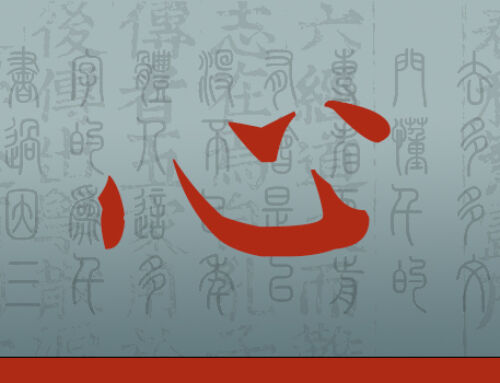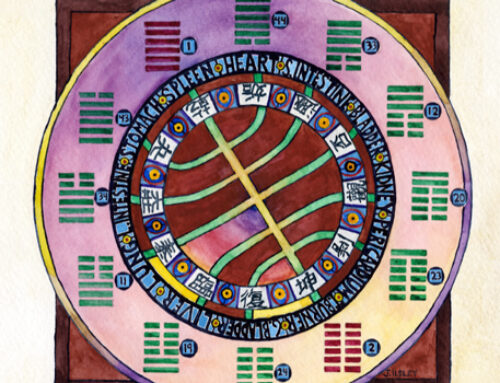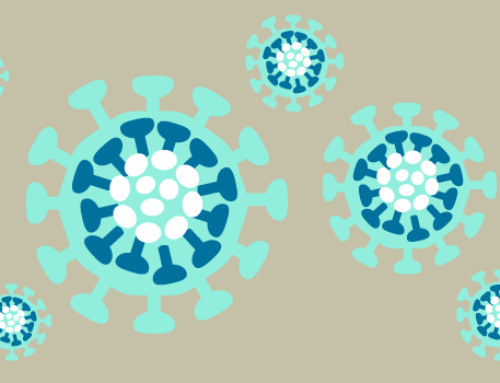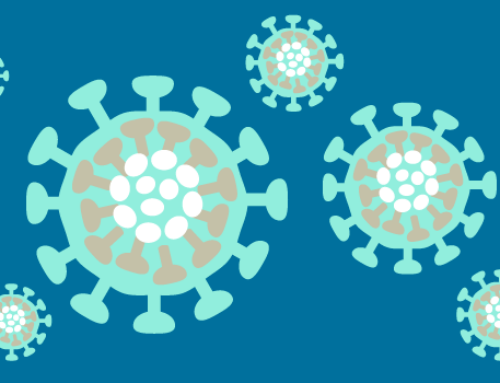Translated by Heiner Fruehauf
National University of Natural Medicine, College of Classical Chinese Medicine
From Inner Canon of the Yellow Emperor (Neijing Suwen), Chapter 77: “Analyzing the Five Mistakes in Diagnosis” (fl.200 B.C.)
![]()
If we fail to examine all of these aspects and rely only on one single method of diagnosis, chances of treatment failure are great. How could we, knowing full well that the pulse sometimes has a tendency to convey misleading signals, calmly trust that we will not make a mistake even though the general pictures of pulse and disease do not match? This insight comes easy to the experienced doctor, but may be hard to understand for the beginner.
For all of these reasons, we cannot bypass the four-fold method of diagnosis. The Classic of Difficulties (Nanjing), by the way, listed the examination of the pulse at the end of the four methods of diagnosis, and there is a deep purpose in this arrangement. In exactly this sense, Tao Jieyan (1369-fl.1450) has once said: “Getting to know the surface by asking, and getting to know the interior by examining the pulse–success of this procedure depends entirely on how flexibly the various diagnostic methods are applied.” This, indeed, should be our guideline in clinical practice!
From Zhang Jingyue: Jingyue’s Collected Writings (1637)
![]()
Looking, that is looking whether the face is glowing or lackluster, whether there is a tongue coat or not, in order to judge the severity and the progressive tendency of the disease.
Listening, that is listening whether the voice is frail or strong, whether the speech is coherent or not, in order to determine how weak or strong the patient’s spirit (shen qi) is.
Asking, that is asking about the history of the disease and where the problem is located, in order to differentiate between internal and external afflictions, between organ and meridian layers. This feature is particularly important.
Touching, that is feeling whether the pulse is floating, sunken, slow, fast, powerful, or weak, in order to discriminate deficiency and excess and Yin and Yang; and also, to see whether the general pulse profile matches the patient’s symptoms or not, and thus determine the favorable or life threatening disposition of the disease.
From Zhang Nan, Enlightening Whacks to Waken from Foolishness in Medicine (1825)
![]()
We need them all, these four, but it is really only the processes of looking and asking that are absolutely essential. I will tell you why: When listening to the sounds a patient makes, there really is only the volume of the voice indicating deficiency and excess, and the fluidity of a cough informing us about ascending and descending motion (of qi) that is of value. Otherwise, there is not much else that we could listen to.
When examining the pulse, we can really only distinguish between a floating and a sunken quality to determine whether we are dealing with an internal or an external problem, between a slow pulse and a fast pulse to determine cold or heat, and between a powerful and a weak pulse to determine excess and deficiency. Anything else is clearly subjective and hard to verify with just the fingers. Also, the pulse can change very fast from big to small, from floating to sunken and vice versa, and the six positions are not all that clearly delineated. Therefore, the theory that a doctor can know all of the patient’s symptoms just by feeling the pulse is clearly a hoax.
Only by inquiring about the history of the disease can we know about its development, and only by interviewing the patient about his recent symptoms do we get a clear idea about the severity of the problem. And if we then take a look at the color of the diseased body part, the color of the tongue and the lips, and the color of urine and stool, we are already 80-90% there.
From Jiang Hantun: Reflections on Medicine (1824)
![]()
All Translations © 2007 Heiner Fruehauf









Leave A Comment
You must be logged in to post a comment.